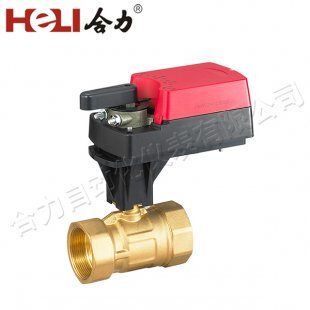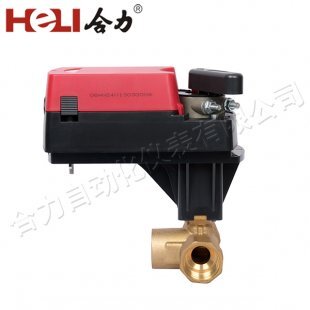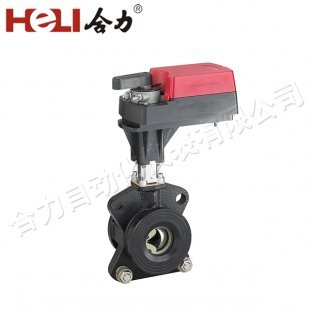In recent years, the integration of lithium batteries into various technological applications has been revolutionary. From electric vehicles (EVs) to renewable energy storage, lithium-ion batteries have become a cornerstone of modern energy systems. One lesser-known but equally significant component in these systems is the lithium battery damper actuator. This crucial device plays an integral role in managing the temperature, pressure, and overall performance of lithium battery systems, ensuring efficiency and safety. This article explores the importance of lithium battery damper actuators, their functionality, and their impact on the performance of energy systems.

What is a Lithium Battery Damper Actuator?

A lithium battery damper actuator is a device that controls the movement of dampers within a battery management system (BMS) or energy storage solution. These dampers are used to regulate airflow and temperature within the battery modules, ensuring that the batteries operate within optimal conditions. The actuator itself is a mechanical or electromechanical device that responds to changes in temperature, pressure, or other system variables by adjusting the position of the damper. The actuator works in conjunction with thermal management systems and BMS to monitor real-time data from sensors embedded in the battery pack. If the temperature or pressure exceeds safe limits, the actuator can adjust the damper to allow additional cooling or ventilation. This precise control is essential to prevent overheating, which can lead to reduced battery life or even dangerous thermal runaway events.
